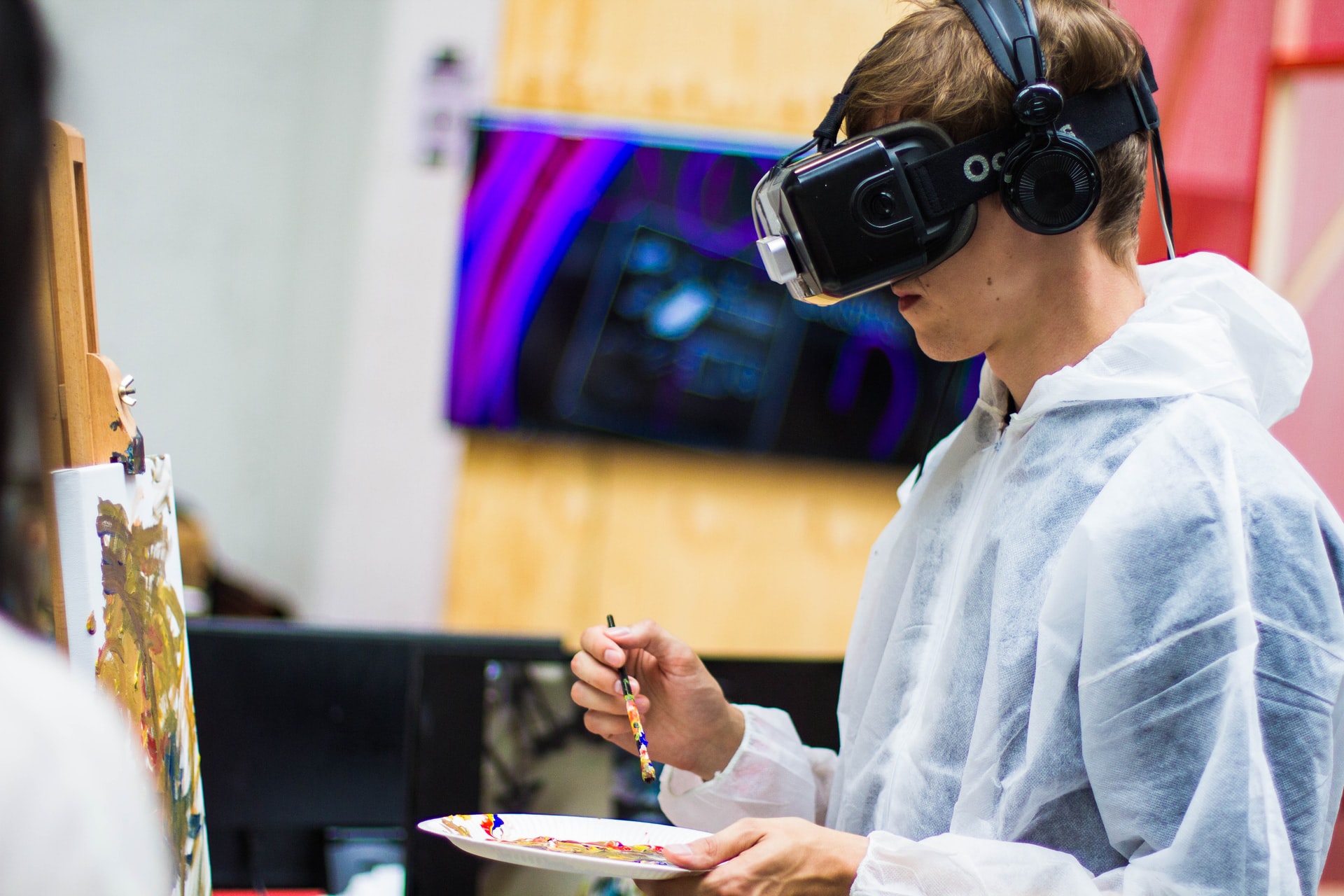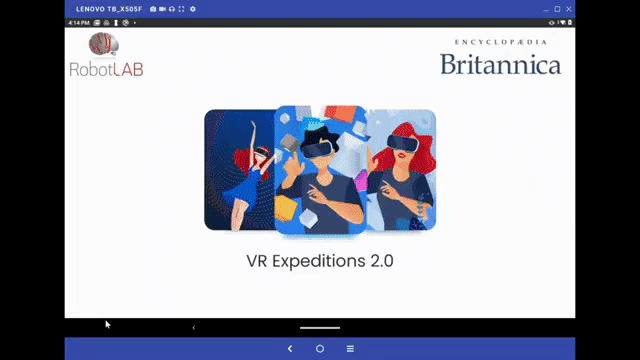By Nancy Howard
 Image source: https://unsplash.com/
Image source: https://unsplash.com/
VR and AR technologies have been around for a while now and are being used in many different industries. One of the spheres to adopt Virtual Reality is education – and for the right reasons. Both in theory and in practice, VR has proven its worth in improving learning experiences in a number of ways.
Particularly, VR can be used to motivate college students and encourage them to become more engaged and successful learners. Yet, not every educator is well-acquainted with this type of tech, so here’s how to use virtual reality in the classroom to increase motivation.
Why Should You Use Virtual Reality in College?
Technology is constantly evolving with new types of tech being developed every year. What makes VR the best choice for education? Well, the answer is quite simple, but there are several main reasons:
-
VR is already relatively widespread. It is being used in many other industries and is gaining popularity in education. Because so many people know about it, it is likely that both students and professors will be excited at the opportunity of using it.
-
VR is beginner-friendly. You don’t need any special skills to be able to use VR. You just have to choose from the different VR programs available for education.
-
VR is relatively cheap. Indeed, it’s not the cheapest type of tech, but it is still relatively affordable. Most universities will probably be able to get at least some VR devices that can be shared between students.
How Does Motivation Work?
According to research, the three most effective ways to increase motivation include personal relevance, choice and control, and mastery being within reach. VR can be used in all three ways:
-
Personal Relevance: To be motivated, students should see the learning materials as personally relevant, interesting, and important to them. Thanks to its interactive nature, VR is able to make even the most boring pieces of information seem interesting. Moreover, younger audiences tend to be more accepting of new tech, so it’s likely that many of them will be interested in VR already. This means that their interest in VR could potentially spread to their interest in the learning materials.
-
Choice and Control: Another way to become motivated is by having a sense of choice and control over your learning process. VR lets students play around with the learning materials and set up the kind of learning environment they prefer. In other words, it can give them a sense of control.
-
Mastery Within Reach: The last way to get motivated is by having a sense that mastery is within reach. In other words, students should feel like they understand the learning materials and that they will be able to make progress. VR simplifies the learning process and makes it both more entertaining and more interactive. This can motivate students that are falling behind because they will feel like learning is easier than it seemed before.
With that in mind, here’s how VR uses these principles to motivate students:
#1 Allow Autonomous Learning
While some students may prefer being a team player, others actually enjoy learning individually. Luckily, VR is the perfect solution for this as it allows students to have autonomous learning experiences. Every student is different, so being able to learn at their own pace is absolutely crucial for them.
Winona Dalton, an expert from the writing services reviews by students site, explains it this way, “It teaches them to be independent. Of course, they need to know how to work in a team, but they should also be able to succeed on their own. VR is perfect for offering such opportunities to students.”
#2 Build Teamwork
On the other hand, VR can also help you build teamwork in your classroom and encourage students to learn how to work in groups. When they graduate and start looking for jobs, they will already need to have such teamwork skills. These skills will help them find a common language with their coworkers.
Working in a team can motivate students to strive to be a leader. At the same time, they could be motivated due to their feeling of responsibility – every team member should contribute something, after all. For example, you can organize in-class VR field trips through RobotLAB or you can even have in-class virtual games.
#3 Immerse Completely
Being immersed in the learning experience can be extremely useful for language learning. However, it can also be helpful for any other type, of course, the student is taking. VR provides opportunities for immersing students completely.
Gordon Black, an expert from the custom writing reviews and rating site, puts it this way, “VR solutions can ‘teleport’ students into a different world. In fact, even students learning remotely can benefit from this by sitting in the virtual classroom.”
#4 Visualize Information
Just like VR can help students immerse themselves, it can also help them visualize information easier. Immersion is crucial for language learners, but visualization is useful for architecture and design students.
In addition to that, visualizing information can help those students who mostly process information visually. In other words, those who struggle to process information when hearing it or reading it might become better at learning after they see this information.
#5 Satisfy Students’ Emotional Needs
Last but not least, VR can be surprisingly successful at satisfying students’ emotional needs. Mental health is still a very difficult topic to discuss in terms of education, but it’s worth starting from the simplest things like students’ feelings and emotions.
One telling example of this is that of NEOMA Business School in France. By using VR tech in the classroom, the school was able to improve student engagement and provide students with a better learning experience. Moreover, educators also noticed that VR helped satisfy students’ emotional needs. Students became more motivated, committed, and pleased with their studies and learning as a whole.
Wrapping Up
To sum up, virtual reality can definitely be very useful for educators at every level, but especially for college professors. By realizing the worth of VR and actively using techniques to implement it in the classroom, colleges can provide better learning experiences to their students and improve their performance.
Learn more about VR with RobotLAB VR Expeditions 2.0

RobotLAB VR Expeditions 2.0™ is inspired by the great work Google did, and following feedback from thousands of educators, RobotLAB created a VR tool tailored to educators’ needs. Check it out!
About the Author
 Nancy P. Howard has been working as a journalist at the online magazine in London for a year. She is also a professional writer in such topics as blogging, SEO, and digital marketing.
Nancy P. Howard has been working as a journalist at the online magazine in London for a year. She is also a professional writer in such topics as blogging, SEO, and digital marketing.


